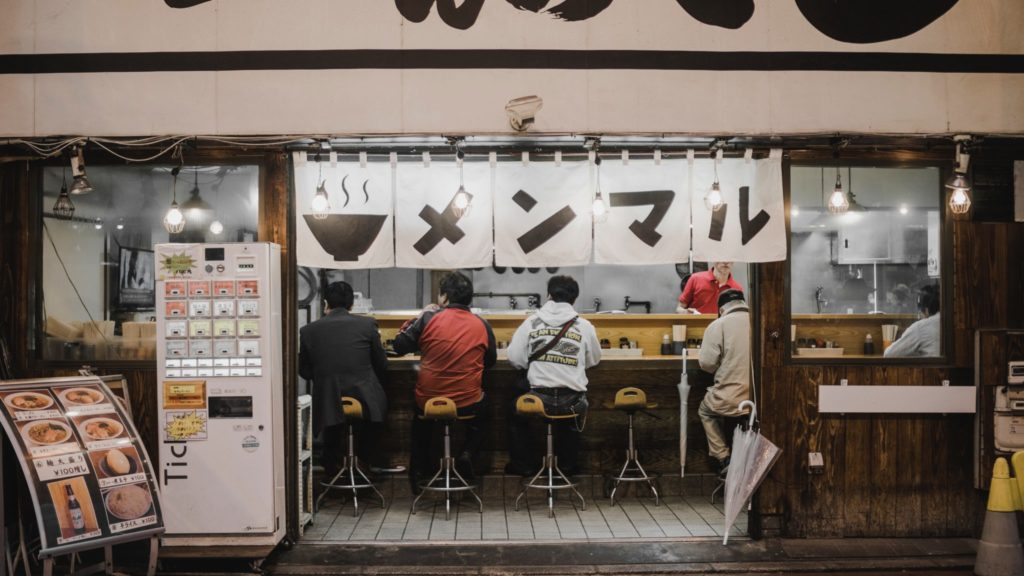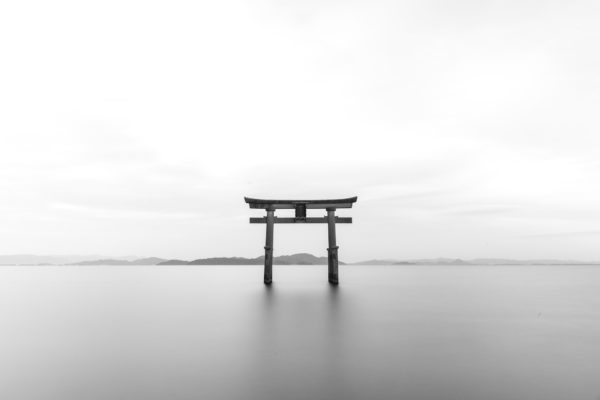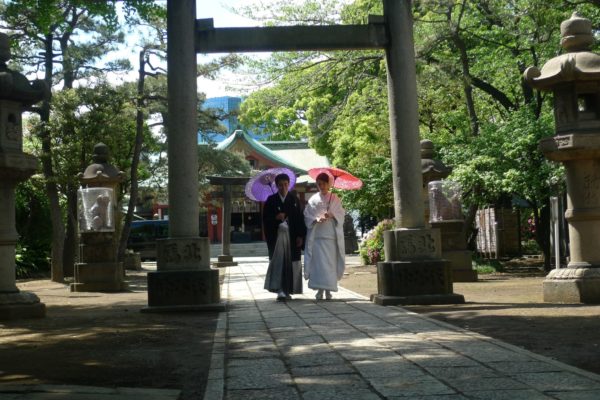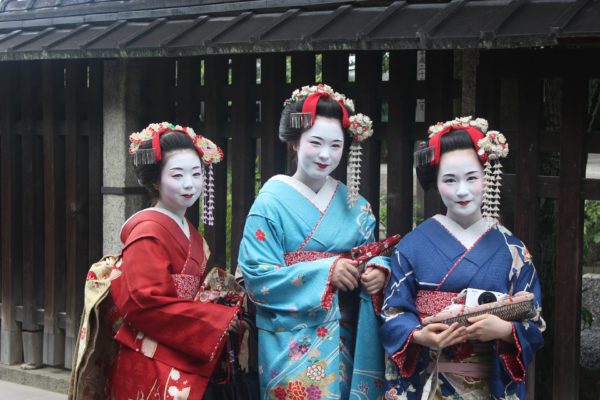In addition to its stunning natural scenery, fantastic cuisine, amazing sightseeing spots, and rich culture and history, Japan also is popular for some crazy stuff that cannot be found elsewhere. Here are examples of some bizarreness and oddity that make Japan a very interesting country:
1. Pikachu Parade
Pikachu are probably the most recognizable characters in the Pokemon franchise. They are small, yellow, and resemble a mouse. They have long tails that are shaped like lightning bolts, black-tipped pointed ears, and reddish pouches on their cheeks.
Across Japan, it is very common to find all sorts of Pikachu merchandise, including pillows, key chains, stuffed toys, stickers, and life-size dolls. There is even a Pikachu Parade held every summer in Yokohama.
Started in 2014, the Pikachu Parade features more than 50 human-size Pikachu mascots marching through the city streets. Despite the scorching summer heat, locals and tourists flock to the sidewalks to witness the event and take photos and videos of the adorable mascots. Here is a short video clip from the 2016 Pikachu Parade.
2. Square watermelons
Square watermelons are popular in Japan because they can easily be stored in containers with limited spaces, such as in small refrigerators. They were invented in the 1980s by a Japanese farmer from the city of Zentsuji in Kagawa Prefecture on the island of Shikoku.
Because producing these cube-shaped watermelons require some special growing techniques, they are sold at a higher price than regular watermelons, and are more often used for decorative purposes.
Since the introduction of square watermelons, more watermelon shapes have popped up, including heart-shaped ones and pyramid-shaped ones.
3. Food ticket vending machines
Many restaurants in Japan have ticket vending machines right by their entrance doors where customers can purchase food tickets for anything they want from the menu, unlike in Western countries where there are waiters and waitresses to take customers’ orders.
If you are heading to Japan soon and wondering how these ticket vending machine works, here is a basic guide:
- Many restaurants close to touristy areas have food ticket vending machines that offer English menus, so it should not be a problem for you to figure out which is which. If there are none, use the Google Translate app on your phone to translate the Japanese texts.

- Insert your money into the coin or bill slot, and then press the button or buttons of the food items that you want to order. There should be one ticket for every item you order.
- Find a seat and hand your tickets to a staff or employee.
- Your food should be delivered to you soon.
- If you need to order more food, just go back to the ticket vending machine and purchase more food tickets.
4. Butler cafes
Butler cafes are like maid cafes for female customers. And, instead of being waited on and entertained by girls wearing cutesy maid outfits, they have guys in classic butler uniforms treating you like a princess.
In Tokyo alone, there are numerous butler cafes where you can experience what it is like to be praised, complimented, small-talked, and waited on by well-dressed and charming butlers, while enjoying some nice snacks and desserts.
Swallowtail is a very popular butler cafe located in Tokyo’s Ikebukuro district. It caters to female manga and anime fans, and female cosplayers. If you want to include a butler cafe experience in your Japan itinerary, you should check it out. Reservations and other information are available on Swallowtail’s official website.
5. Cuddles cafes
Cuddle cafes are the answer to anyone in Japan who is desperately looking for someone to cuddle. If you are single, and longing for that comforting feeling of being hugged and embraced by another human being, you can visit a cuddle cafe and enjoy a relaxing time.
In 2012, Japan’s first cuddle cafe opened in Tokyo’s Akihabara district. Called Soineya, which literally translates to “sleep together shop,” it describes itself as a specialty shop that offers the best kind of comfort for people wanting to sleep next to someone.
Here is what Soineya’s service menu looks like:
- Admission fee costs 3,000 yen
- 20-minute standard course costs 3,000 yen
- 40-minute standard course costs 5,000 yen
- 60-minute standard course costs 6,000 yen
- 2-hour standard course costs 11,000 yen
- 3-hour standard course costs 16,000 yen
- 4-hour standard course costs 20,000 yen
- 5-hour standard course costs 25,000 yen
There are also optional courses available for an additional fee, such as:
- Chance to pet girl on the head costs 1,000 yen for 3 minutes
- Look the girl in the eye costs 1,000 yen for 1 minute
- Sleep in the girl’s arm costs 1,000 yen for 3 minutes
- Get the girl to pat on the back costs 1,000 yen for 3 minutes
- Sleep on the girl’s lap costs 1,000 yen for 3 minutes
- Have the girl sleep on your lap costs 2,000 yen for 3 minutes
- Receive foot massage from the girl costs 1,000 yen for 3 minutes
- Give the girl a foot massage costs 1,000 yen for 3 minutes
6. Suicide forest
Aokigahara is dubbed as Japan’s suicide forest because of the numerous suicides that have happened there through the years.
In 2002, 78 suicides were documented there, and that number rose to 105 in 2003. In 2010, the authorities found 54 completed suicides and over 200 suicide attempts. They reported that drug overdose and hanging were two of the most common methods used.
Located on the northwestern side of Japan’s tallest mountain Mount Fuji, Aokigahara sits on approximately 30 square kilometres of hardened lava from the volcano’s last big eruption in 864 CE. It is a popular tourist destination among locals and foreigners, with its beautiful caves and scenic hiking trails in the middle of the woods.



